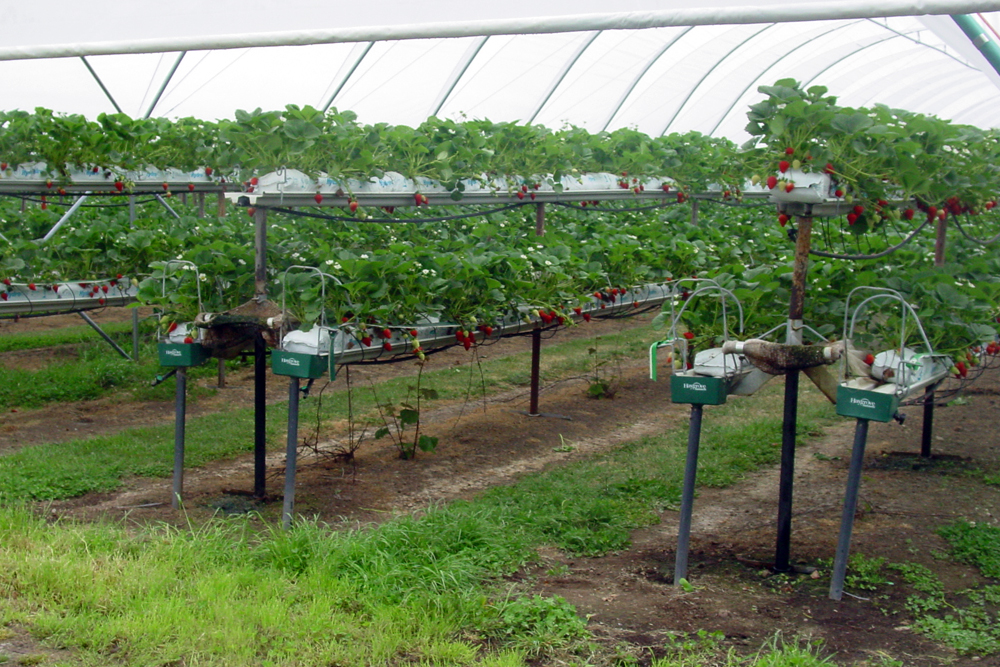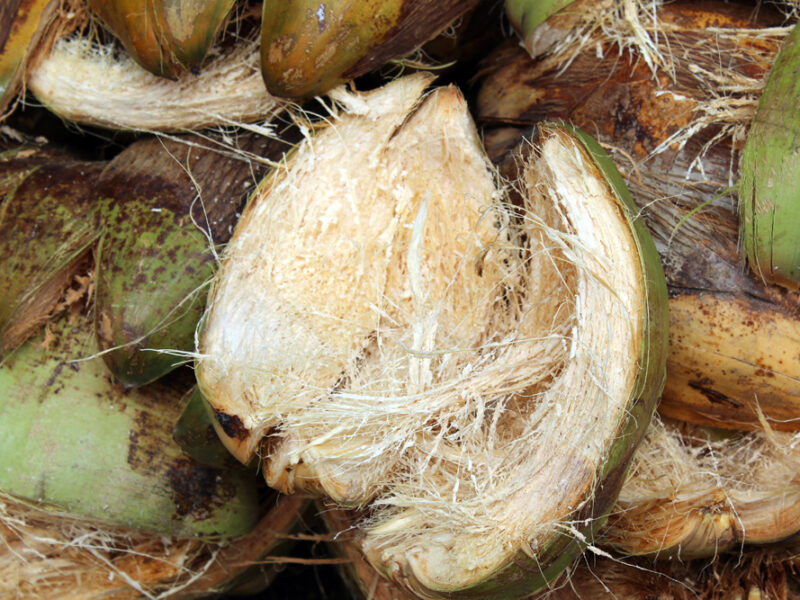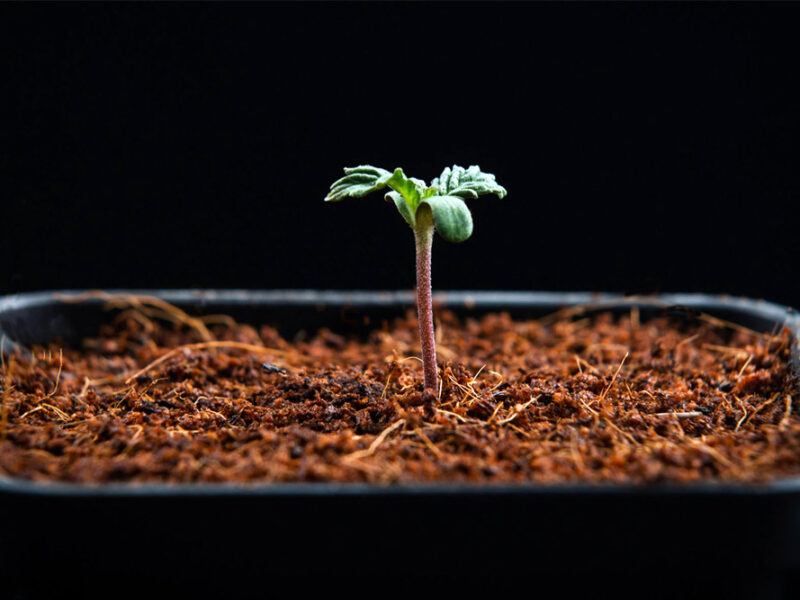More strawberries are grown in greenhouses in temperate countries rather tropical countries, although the use of high altitude in tropical countries does provide a means of keeping the rains which tend predominate in tropical countries at high altitude. The key factor to consider when thinking about growing strawberries is choice of variety. If you are starting a new enterprise where no one has any experience, then prior to any significant planting a variety trial is absolutely essential. First there are the two types to consider, namely day neutral which will in most climates flower continuously, and the “June bearers” which require a chilling and short days, but will then flower very intensely for a short period, and then need to be replanted. The next critical factor is to make sure that you purchase high health plants.
Choice of a suitable high tunnel greenhouse is the next consideration, and rather than design and build ones own, it is more sensible to purchase a kit set from an established greenhouse company. A little more expensive, but the snags have already been sorted out.
In some countries eg PR China, Azerbaijan etc strawberries are still sometimes grown in the soil, but the rewards from using a table-top system, with coir modules and hydroponics has many clear advantages, not the least being ease of harvesting. The plastic gulleys which hold the coir modules can be arranged in twin rows, with a path for pickers between the two rows, or sometimes in triple rows, with the middle row higher than the outside rows. (se photo). Once the structure is assembled the compressed coir modules ae placed in the gulleys, the drip irrigation nozzles inserted into the modules, and the coir irrigated with water to it’s normal size. Most coir modules have pre-cut drainage holes and planting holes. The number of plants used per 1 m long module is normally 7 or 9. The higher number of plants (per m) gives higher early yield, but little or no difference in final yield. It is normal to remove the early flowers, in order to have a fairly vigorous plant before it fruits, but this may be a problem with June bearers, which do not flower excessively. Coir is probably the medium of choice for hydroponic strawberries world-wide, as aeroponics and NFT does not appear to perform as well, and rock wool poses major disposal problems. Pests and diseases can be a problem, although the major problem of outdoor grown strawberries (grey mould) of the fruit not so serious in a greenhouse, as the fruit and foliage normally remain free from liquid water. Major pests ae usually spider mites, aphids and thrips, all of which can be controlled by biological means (other predators).
Irrigation with a full hydroponic solution several times a day is necessary, and the water source should be clean and with a low sodium content. The normal hydroponic solutions used are essentially and A and B solution, which can only be mixed when diluted, and 10% nitric acid which is added if necessary to ensure a pH of 5.8. Irrigation should either be applied with 10-20% being “lost” as drainage, or else using a completely re-circulating system, which can prove a problem if root diseases appear.
Harvesting is carried out when the fruit is at the right stage of ripeness for the specific market, and all runners (baby plants) should be removed as they develop.
The coir should only be used for a single crop of strawberries, and then replaced. It can then be used as a medium for greenhouse asparagus production—see earlier articles.
Mike Nichols



